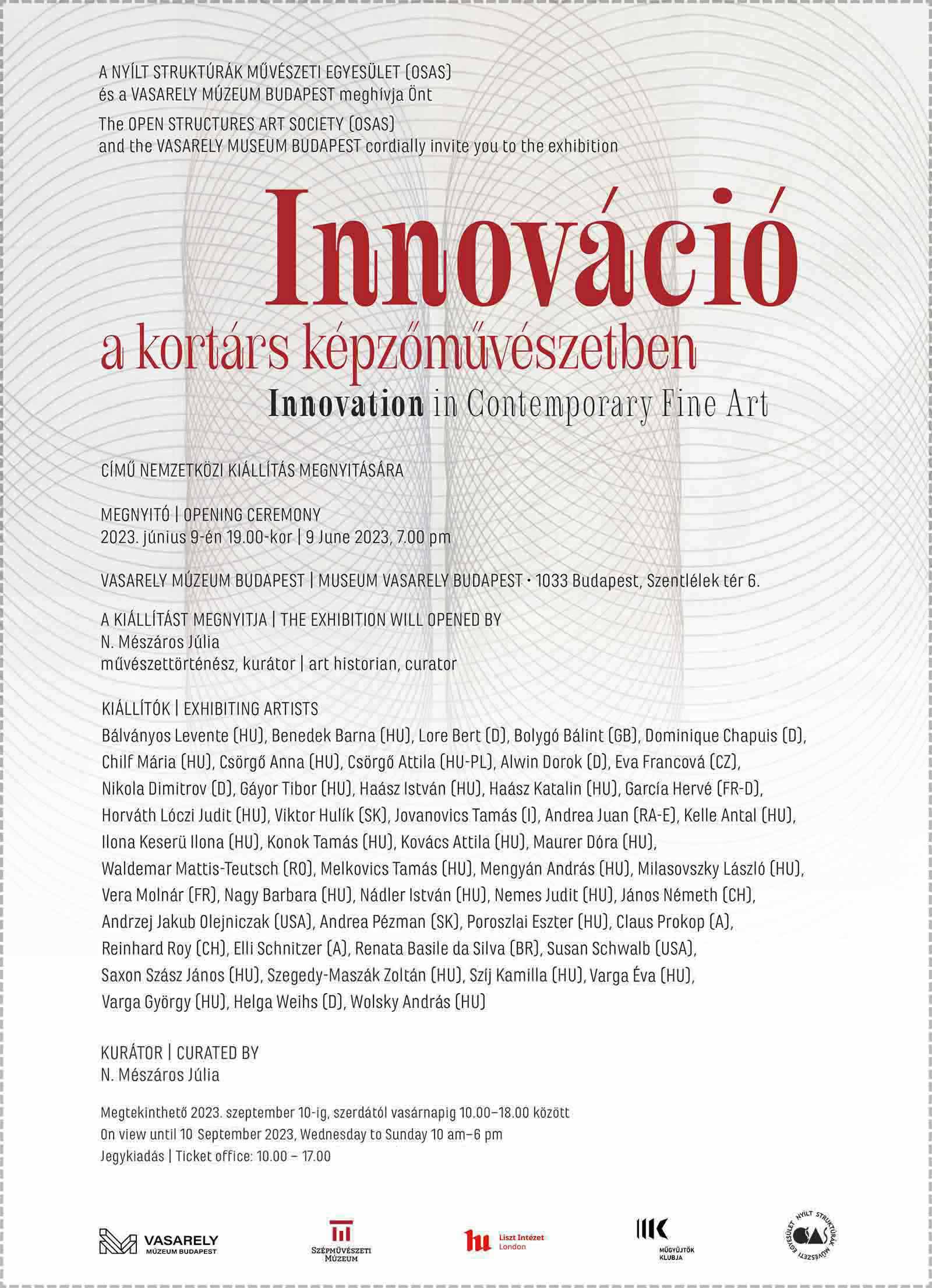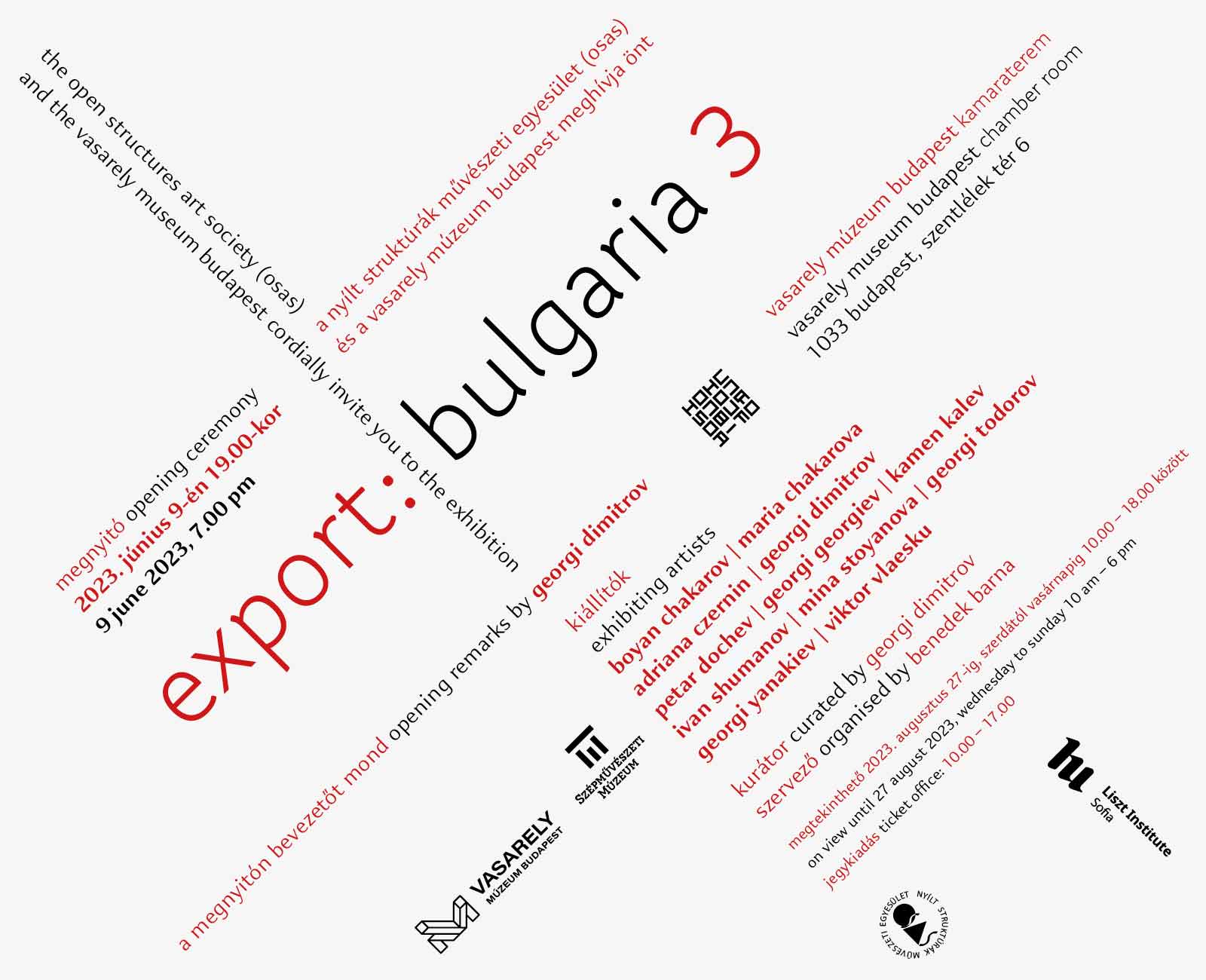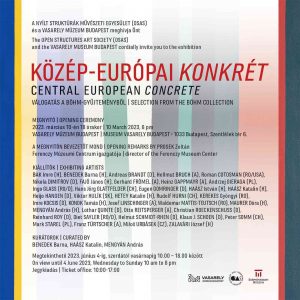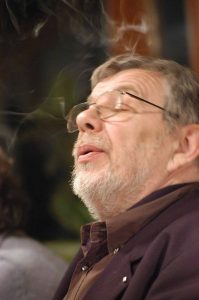
A Nyílt Struktúrák Művészeti Egyesület (OSAS) 2006-ban kezdte meg működését a Vasarely Múzeumban, és eddig közel félszáz kiállítás valósulhatott meg szervezésében. Ebből összesen öt alkalommal került sor tagsági kiállításra, a legutóbbi 2017-ben nyílt („OSAS Come Back”). 2012-ben Maurer Dóra kezdeményezésérére nyílt meg az első „OSAS PLUS”, ahol a tagok nem csak kiállítóként, hanem kurátorként vesznek részt további művészek meghívásával.
A koncepció felelevenítése az egyéni utak, tagfelvételek, tagok elvesztése miatt is időszerűvé vált. A kiállításon az OSAS művésztagjai és meghívottjaik szerepelnek, további egy-egy művész pedig az egyesület teoretikus tagjainak, N. Mészáros Júliának és Szöllősi-Nagy Andrásnak a meghívására vesz részt. A kiállítást Gáyor Tibor emlékének ajánljuk.
The Open Structures Art Association (OSAS) started its activities in 2006 at the Vasarely Museum and has organised nearly half a hundred exhibitions so far. In 2012, Dóra Maurer initiated the first “OSAS PLUS”, where members participate not only as exhibitors but also as curators by inviting other artists.
The revival of the concept has also become timely due to the development of individual programs, new members recruited in the meantime, and the loss of old ones. The exhibition features OSAS artist members and their guests, with one artist each invited by the association’s theoretical members, Júlia N. Mészáros and András Szöllősi-Nagy. The exhibition is dedicated to the memory of Tibor Gáyor.
Megnyitja | Opened by PASSUTH Krisztina
művészettörténész | art historian
2023. szeptember 28-án 19 órakor | on September 28, 2023 at 7 p.m.
Kiállítók / Exhibiting Artists: BÁLVÁNYOS Levente (HU) | BENEDEK Barna (HU) | Bob BONIES (NL) | Beti BRICELJ (SI) | CSURGAI Ferenc (HU) | DOBOKAY Máté (HU) | Rita ERNST (CH) | FORRAI Ferenc (HU) | GÁYOR Tibor (HU) | Hans-Jörg GLATTFELDER (CH) | HAÁSZ István (HU) | HAÁSZ Katalin (HU) | HALÁSZ Péter Tamás (HU) | HOÓZ Anna (HU) | Viktor HULÍK (SK) | JOVANOVICS Tamás (IT) | KÁLDI Katali (HU) | KELLE Antal (HU) | KOVÁCS Dénes (HU) | MAURER Dóra (HU) | MENGYÁN András (HU) | Manfred MOHR (US) | Vera MOLNAR (FR) | Imi MORA (AT) | NAGY Barbara (HU) | NEM’S Judit (HU) | Andrzej Jakub OLEJNICZAK (US) | Serhiy POPOV (UA) | ROBITZ Anikó (HU) | Susan SCHWALB (US) | Esther STOCKER (AT) | SZEGEDY-MASZÁK Zoltán (HU) | SZÍJ Kamilla (HU) | VARGA Bertalan (HU) | VARGA György (HU) | Ján VASILKO (SK) | WOLSKY András (HU) |
Szervezők / Organized by Benedek Barna, Haász Katalin
A kiállítás megtekinthető: 2023. szeptember 29 – 2024. január 21. szerdától vasárnapig 10.00-18.00 (jegykiadás: 10.00-17.00) | On view until 21 January 2024, Wednesyday to Sunday 10 am – 6 pm (Ticket office: 10 am – 5 pm)
Vasarely Múzeum Budapest | Vasarely Museum Budapest
1033 Budapest, Szentlélek tér 6

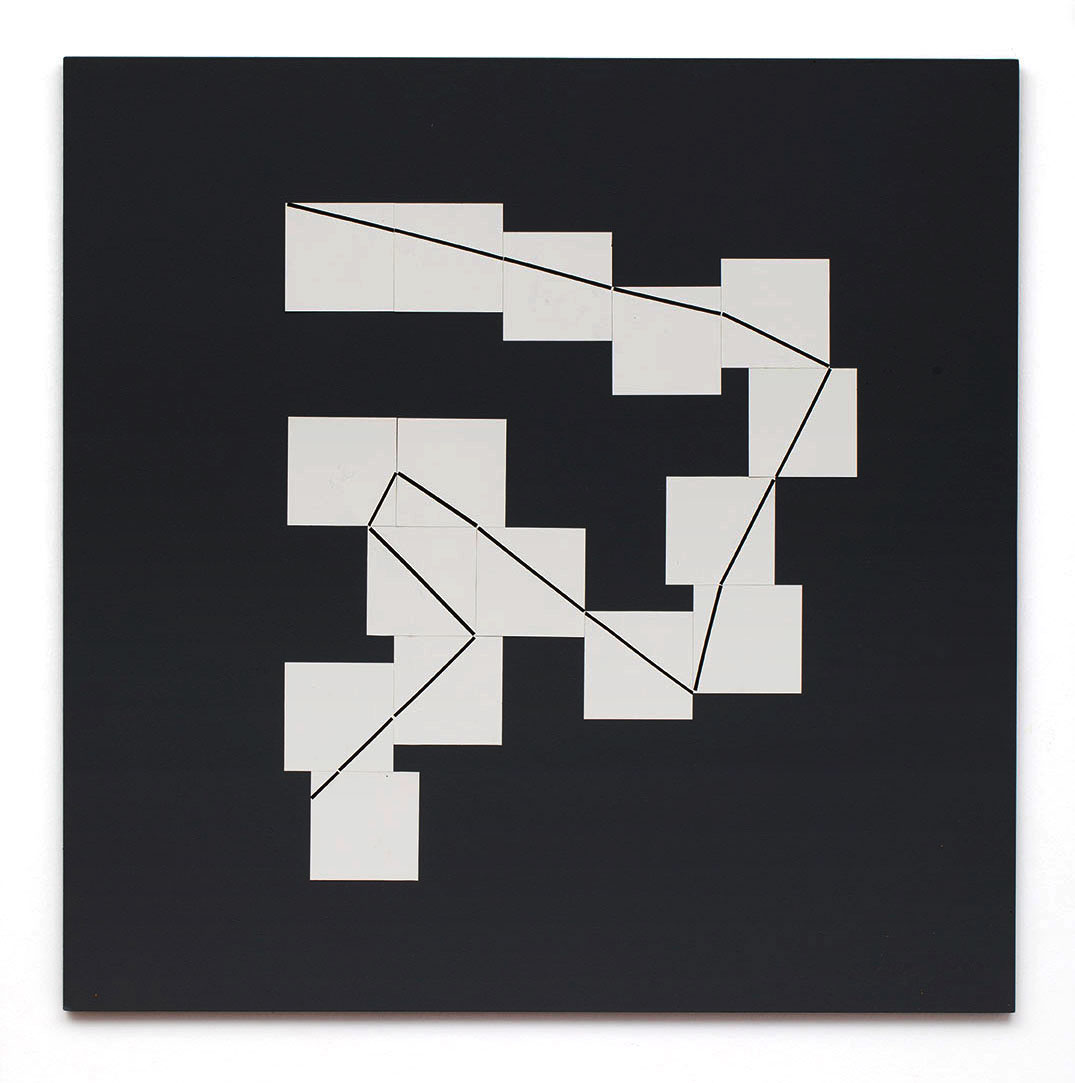 Gáyor Tibor: Átlós törések folyamatossága I | Dimetrical Fractures, 2004
Gáyor Tibor: Átlós törések folyamatossága I | Dimetrical Fractures, 2004